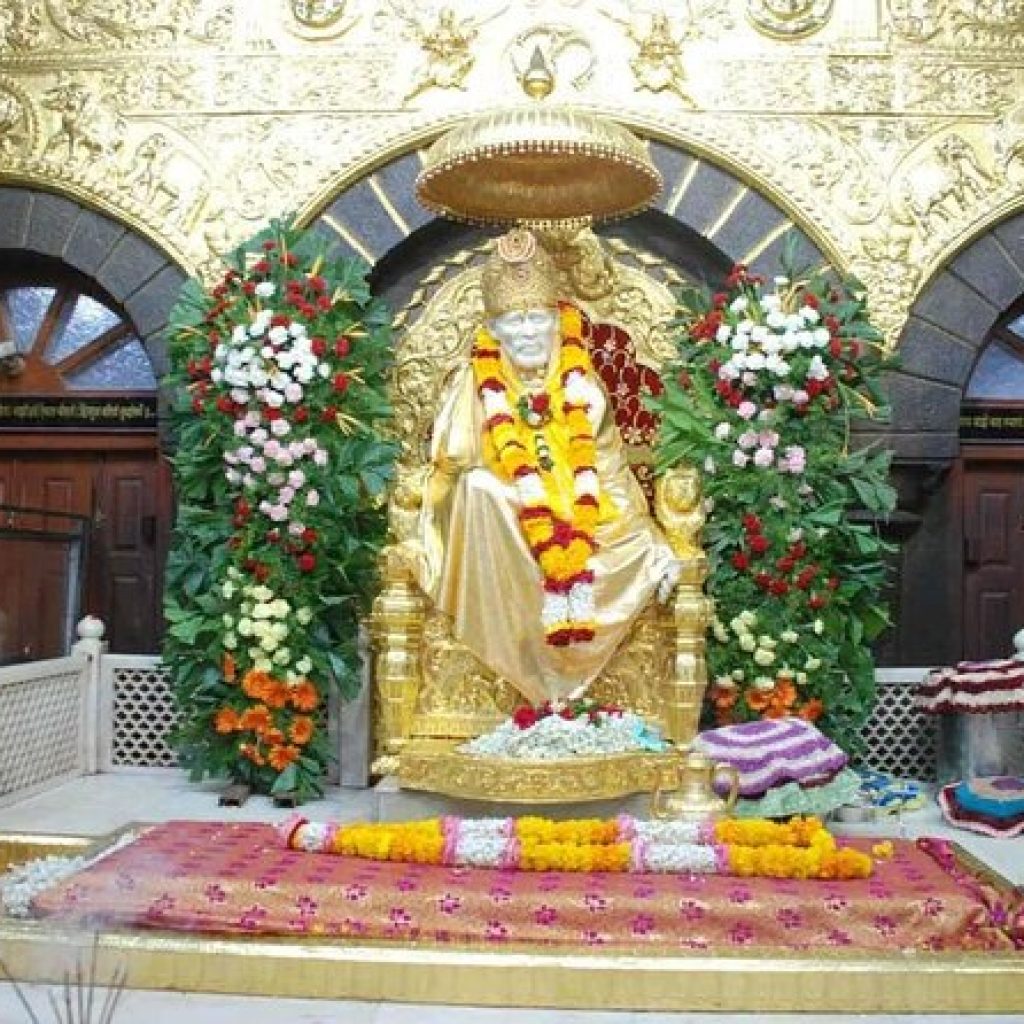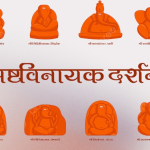Shirdi Sai Baba Temple: A Spiritual Journey
Introduction
The Shirdi Sai Baba Temple is one of the most revered religious journey sites in India, attracting millions of devotees from across the globe. This holy temple, dedicated to Sai Baba of Shirdi, is known for its spiritual aura, historical significance, and miraculous stories associated with the revered saint. For those seeking peace, solace, and spiritual enlightenment, a visit to the Shirdi Sai Baba Temple is a must.
History of Shirdi Sai Baba Temple

The Shirdi Sai Baba Temple has a rich history that dates back to the late 19th century when Sai Baba, a revered spiritual leader, arrived in the small village of Shirdi. Known for his simple teachings of love, forgiveness, and helping others, Sai Baba’s presence turned Shirdi into a place of worship. After his Maha Samadhi (death) in 1918, the temple was built on his Samadhi site to honor his teachings and legacy.
Architecture of the Shirdi Sai Baba Temple
The Shirdi Sai Baba Temple complex is an architectural marvel, blending traditional Indian and contemporary styles. The main temple, known as the Samadhi Mandir, houses Sai Baba’s tomb and a stunning life-size marble statue of the saint. The temple complex also includes the Dwarkamai Mosque, where Sai Baba spent a significant part of his life, and the Gurusthan, the place where Sai Baba was first seen meditating under a neem tree.
Major Attractions within the Temple Complex
Samadhi Mandir: This is the central attraction, where Sai Baba’s tomb is located. Devotees believe that their prayers at the Samadhi Mandir are always heard and answered by Sai Baba.
Dwarkamai: A sacred mosque where Sai Baba lived. Dwarkamai holds a special place in the hearts of devotees, as it is believed to be the place where Sai Baba performed many of his miracles.

Gurusthan: The spot where Sai Baba was first seen as a young ascetic. It is a peaceful place surrounded by a neem tree, symbolizing the simplicity and spiritual essence of Sai Baba.
Lendi Baug: A beautiful garden where Sai Baba used to meditate. Lendi Baug features a small lamp that Sai Baba lit and maintained, which is still burning today.
Chavadi: A place where Sai Baba used to sleep on alternate nights. Devotees often visit Chavadi to feel the presence of Sai Baba and his simple lifestyle.
Religious Practices and Rituals at the Shirdi Sai Baba Temple
The Shirdi Sai Baba Temple follows a strict daily worship schedule, starting with the morning Kakad Aarti at 4:30 AM and ending with the Shej Aarti at 10:30 PM. Devotees participate in various rituals, including the offering of flowers, chanting of hymns, and special poojas conducted on Thursdays, which is considered a holy day for Sai Baba devotees. The temple also celebrates significant festivals such as Ram Navami, Guru Purnima, and Vijayadashami with great fervor.
Religious Journey and Visitor Information
Best Time to Visit: The Shirdi Sai Baba Temple is open throughout the year, but the best time to visit is from December to February when the weather is pleasant.
How to Reach Shirdi: Shirdi is well-connected by road, rail, and air. The nearest airport is Shirdi Airport, located about 14 km from the temple. There are also regular trains and buses from major cities like Mumbai and Pune.
Accommodation: There are various accommodation options available near the temple, ranging from budget hotels to luxurious stays. The Shri Sai Baba Sansthan Trust also provides accommodations for devotees at affordable rates.
Temple Timings: The temple is open from 4:00 AM to 11:15 PM. Devotees are advised to dress modestly and follow the temple’s guidelines during their visit.
Spiritual Significance of Shirdi Sai Baba Temple
The teachings of Sai Baba, which focus on love, charity, and the welfare of others, resonate deeply with his followers. Devotees believe that Sai Baba still blesses those who come to his shrine with a pure heart. Many devotees have shared stories of miracles and life-changing experiences after they visited the Shirdi Sai Baba Temple, strengthening their faith and devotion.
Charity and Community Services
Sai Baba emphasized the importance of charity and helping those in need. In line with his teachings, the Shri Sai Baba Sansthan Trust actively engages in various charitable activities. One of the most notable initiatives is the Annadanam (free meal service), where thousands of devotees are served free meals daily. The temple trust also provides medical services, educational facilities, and support for the underprivileged.
Important Festivals Celebrated at the Temple
Shirdi Sai Baba Punyatithi: Marking the anniversary of Sai Baba’s Maha Samadhi, this event is celebrated with special prayers and rituals.
Ram Navami: Celebrated as Sai Baba’s birthday, Ram Navami attracts thousands of devotees to Shirdi.
Guru Purnima: A day dedicated to spiritual gurus, where special poojas and processions are held.
Vijayadashami: Commemorating the day of Sai Baba’s Maha Samadhi, this festival is observed with reverence and devotion.
Facts and Trivia about Shirdi Sai Baba Temple
Sai Baba’s real name and background remain unknown, adding to the mystical aura around him.
The temple receives over 50,000 visitors on weekdays, with numbers doubling on weekends and festivals.
The sacred fire (Dhuni) lit by Sai Baba still burns in Dwarkamai, symbolizing his eternal presence.
Conclusion
The Shirdi Sai Baba Temple is not just a place of worship but a spiritual haven that offers solace and peace to millions. Sai Baba’s simple teachings and profound wisdom continue to inspire devotees to live a life of kindness, charity, and love. Visiting the Shirdi Sai Baba Temple is a transformative experience that leaves a lasting impact on the hearts of all who seek the divine.
FAQs
What is the significance of Shirdi Sai Baba Temple?
The Shirdi Sai Baba Temple is significant for its association with Sai Baba, a revered saint who taught love, compassion, and charity. The temple is a place of spiritual solace and healing.
What are the temple timings for visiting Shirdi Sai Baba Temple?
The temple is open from 4:00 AM to 11:15 PM, with specific times for various aartis and rituals throughout the day.
How can I reach Shirdi Sai Baba Temple from major cities in India?
Shirdi is accessible by road, rail, and air, with regular transportation options available from cities like Mumbai, Pune, and Nashik.
What are the main attractions to see at Shirdi Sai Baba Temple?
Key attractions include the Samadhi Mandir, Dwarkamai, Gurusthan, Lendi Baug, and Chavadi, each holding historical and spiritual significance.
Are there any special rituals or festivals conducted at Shirdi Sai Baba Temple?
Yes, the temple celebrates major festivals such as Ram Navami, Guru Purnima, and Vijayadashami with special rituals and prayers.




